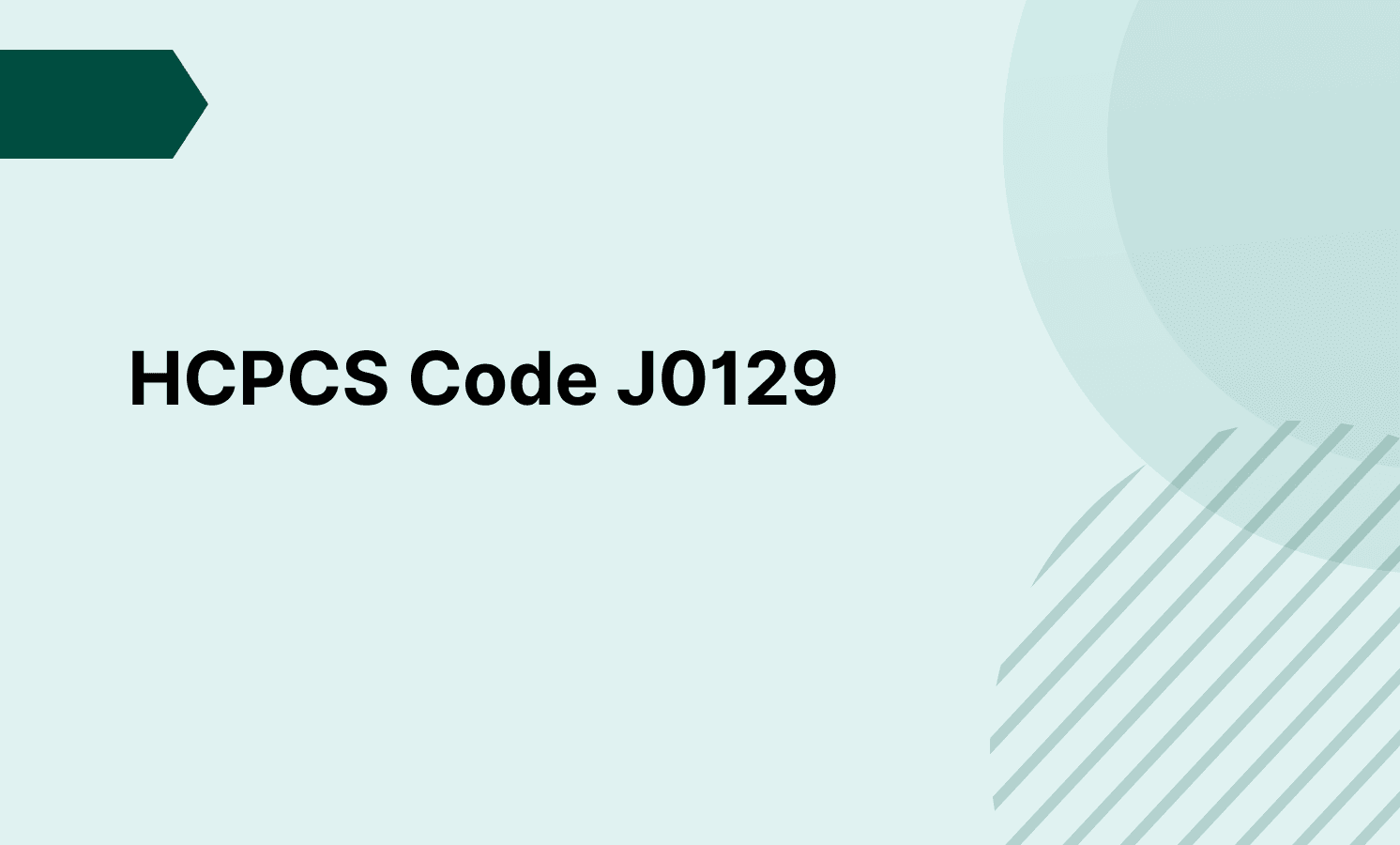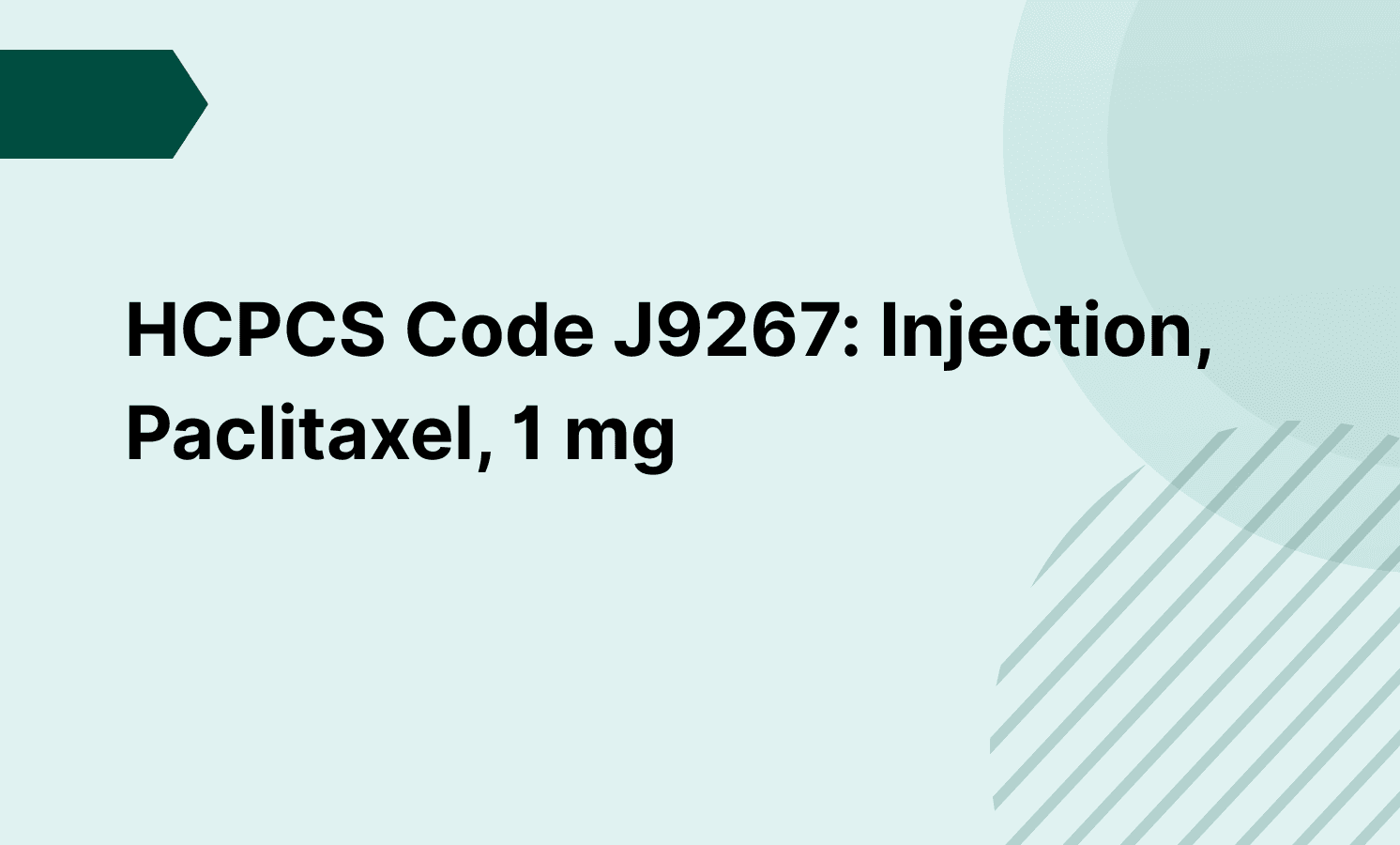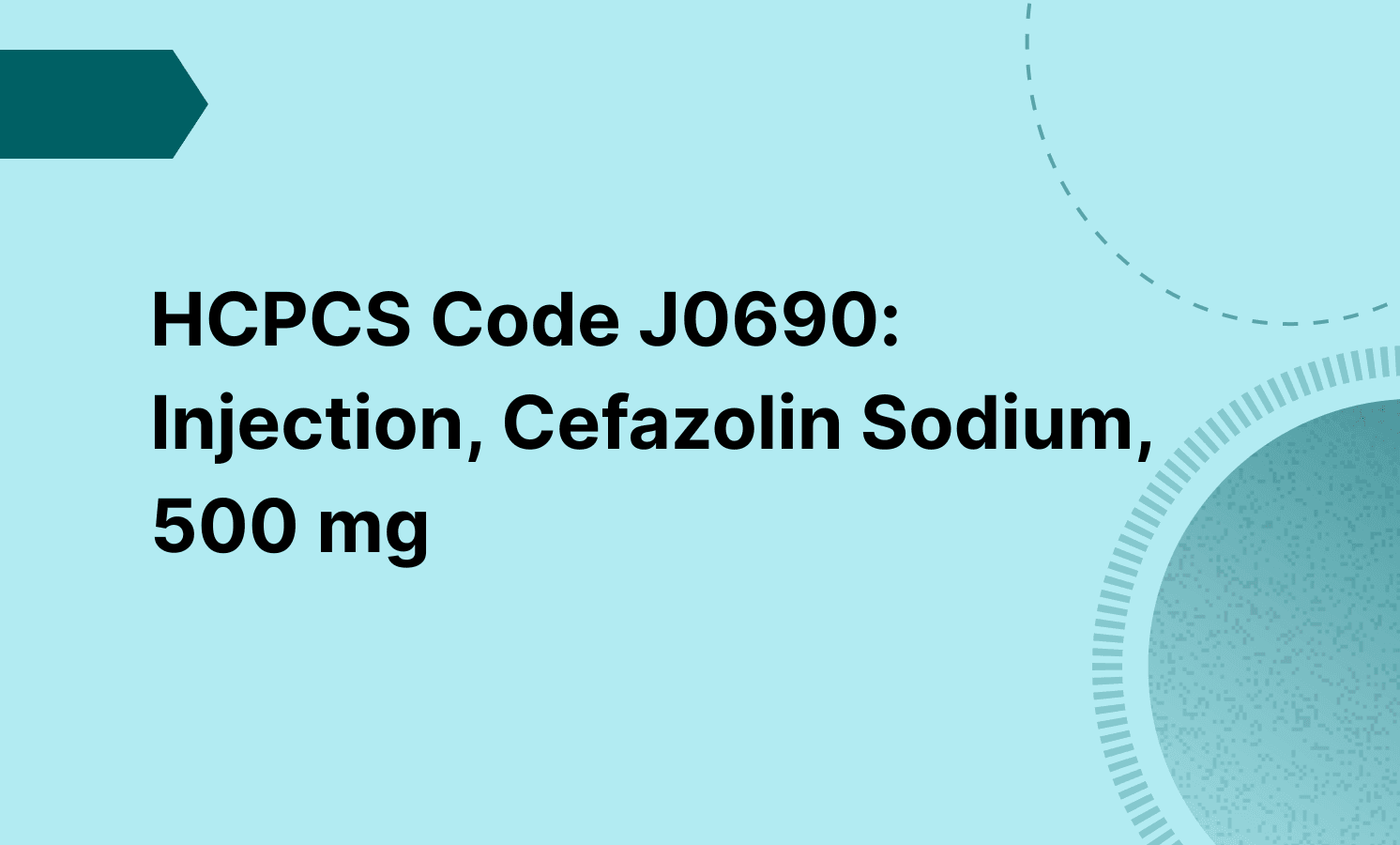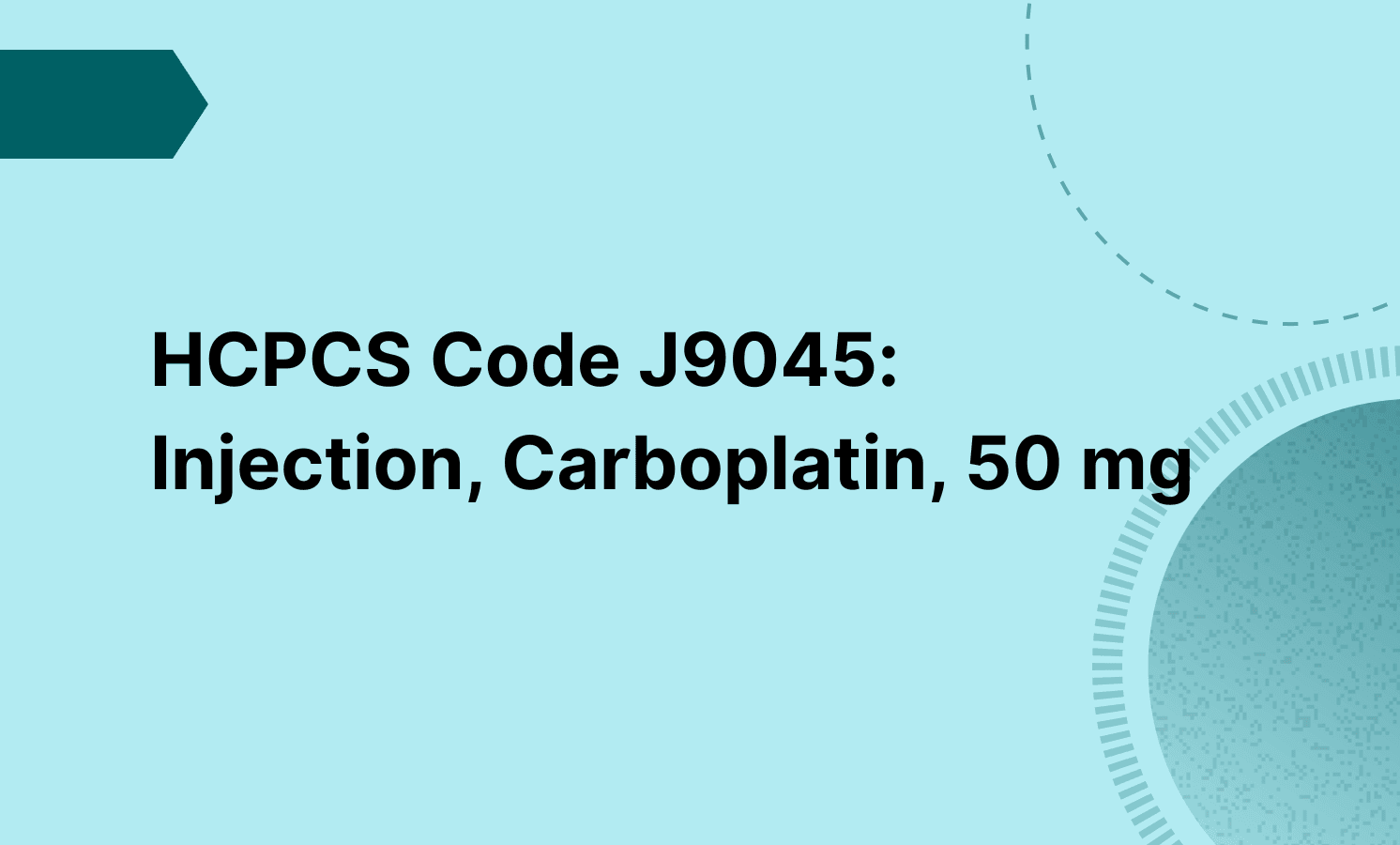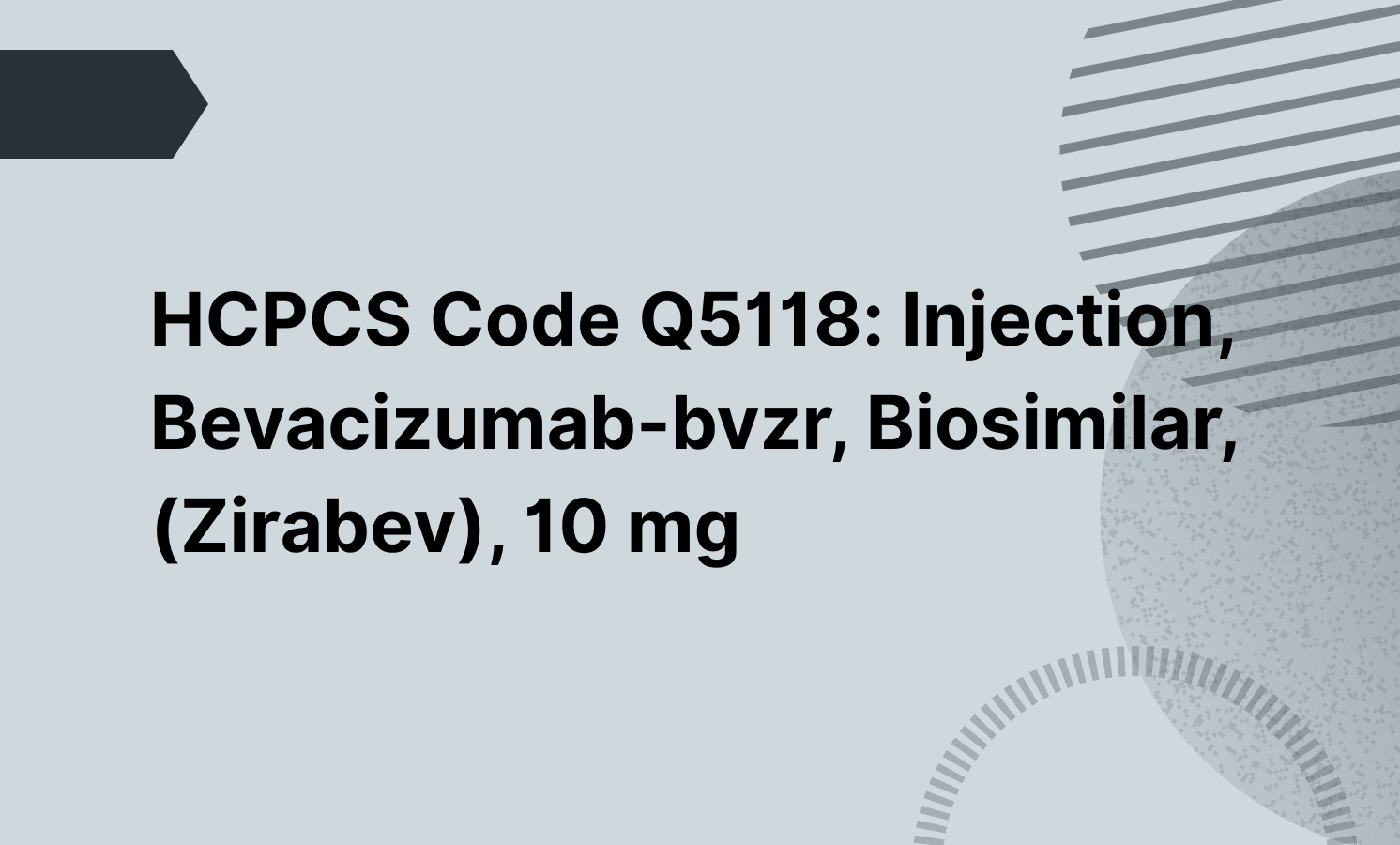Routine postoperative pain management provided by anesthesia personnel immediately after surgery is typically bundled into CPT 00400. Separate reporting for postoperative analgesia requires distinct documentation and circumstances.
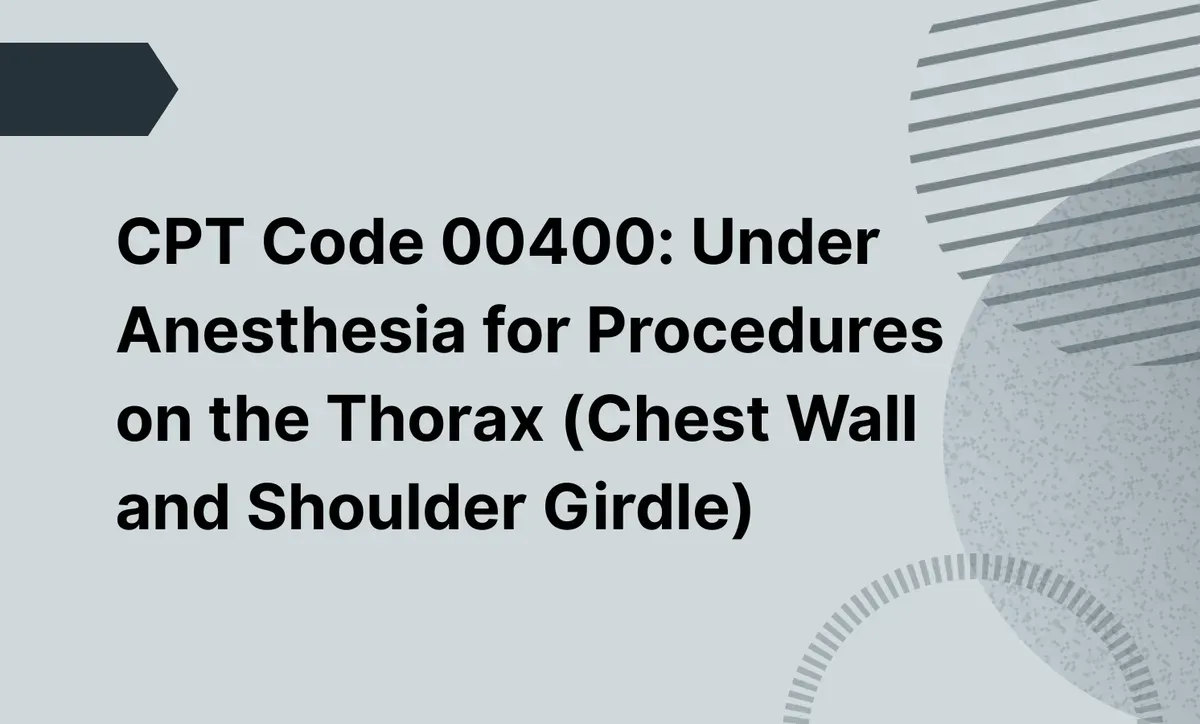
CPT Code 00400: Under Anesthesia for Procedures on the Thorax (Chest Wall and Shoulder Girdle)
Understand CPT code 00400 for anesthesia during thoracic, chest wall, and shoulder girdle procedures, including documentation and billing.
Frequently asked questions
Yes. If imaging techniques such as fluoroscopy or ultrasound are medically necessary, clearly documented, and used specifically for regional anesthesia needle placement, you may bill imaging separately using appropriate imaging CPT codes.
CPT 00400 applies broadly to anesthesia services for unspecified integumentary procedures on the chest wall or shoulder girdle. Specific thoracic trauma repairs might require more detailed or specific anesthesia codes. Always confirm the most accurate anesthesia code based on the surgical procedure performed.
EHR and practice management software
Get started for free
*No credit card required
Free
$0/usd
Unlimited clients
Telehealth
1GB of storage
Client portal text
Automated billing and online payments


